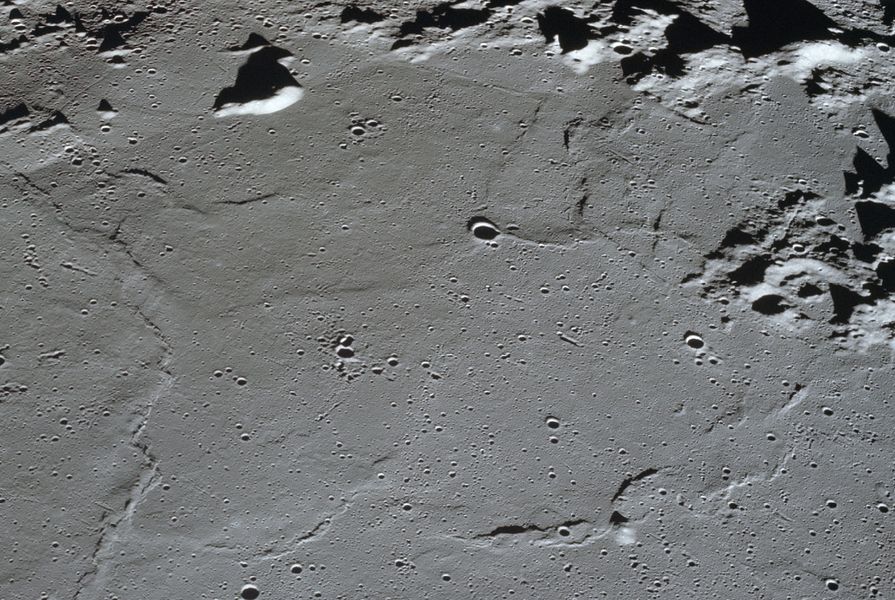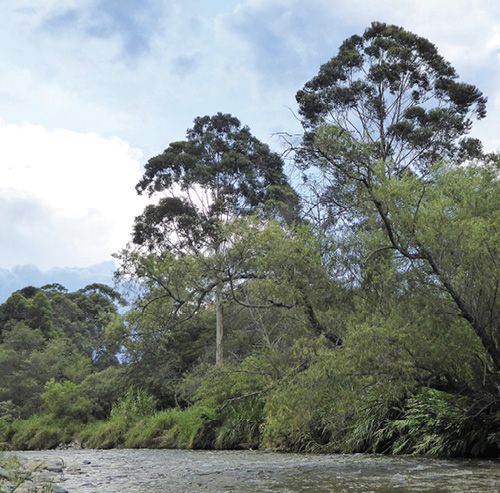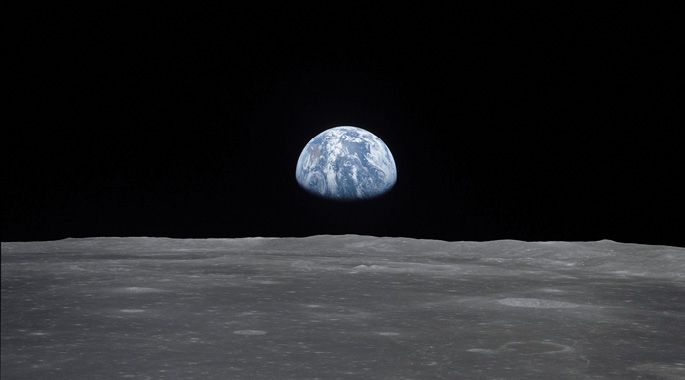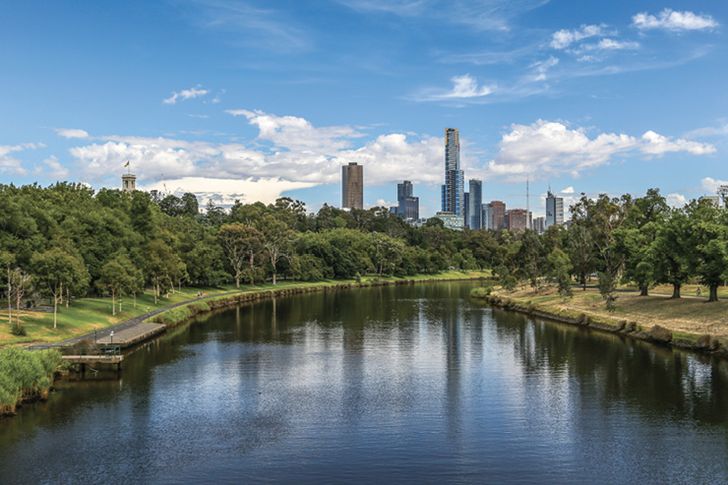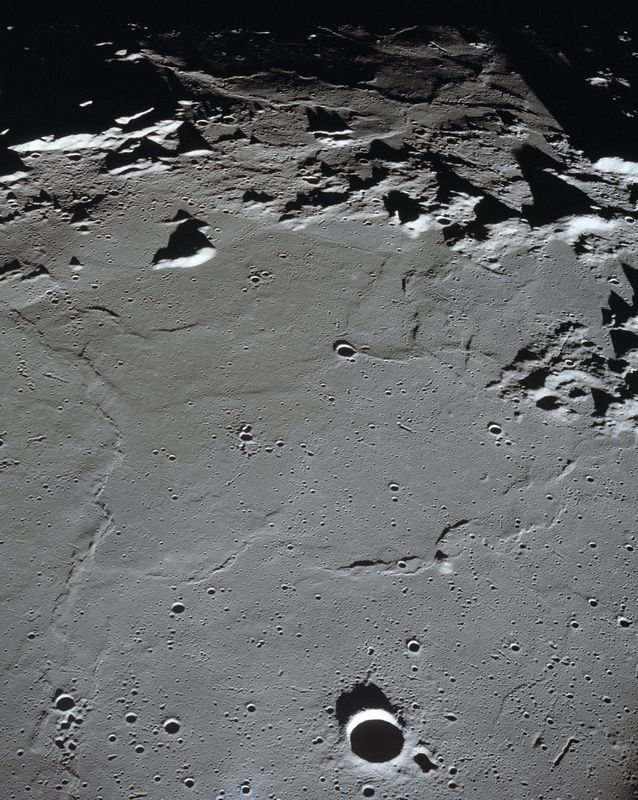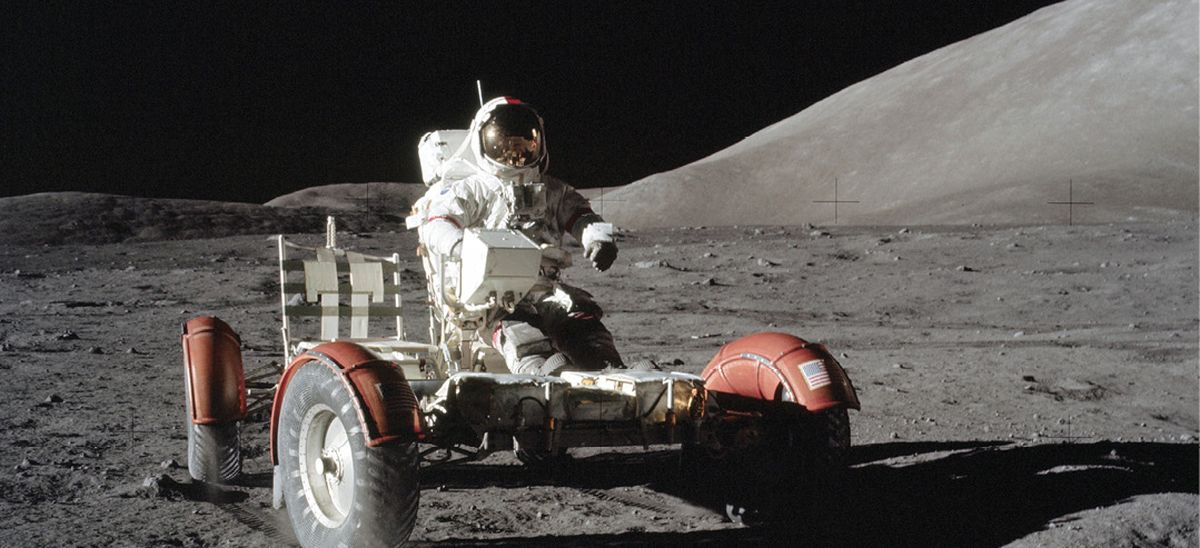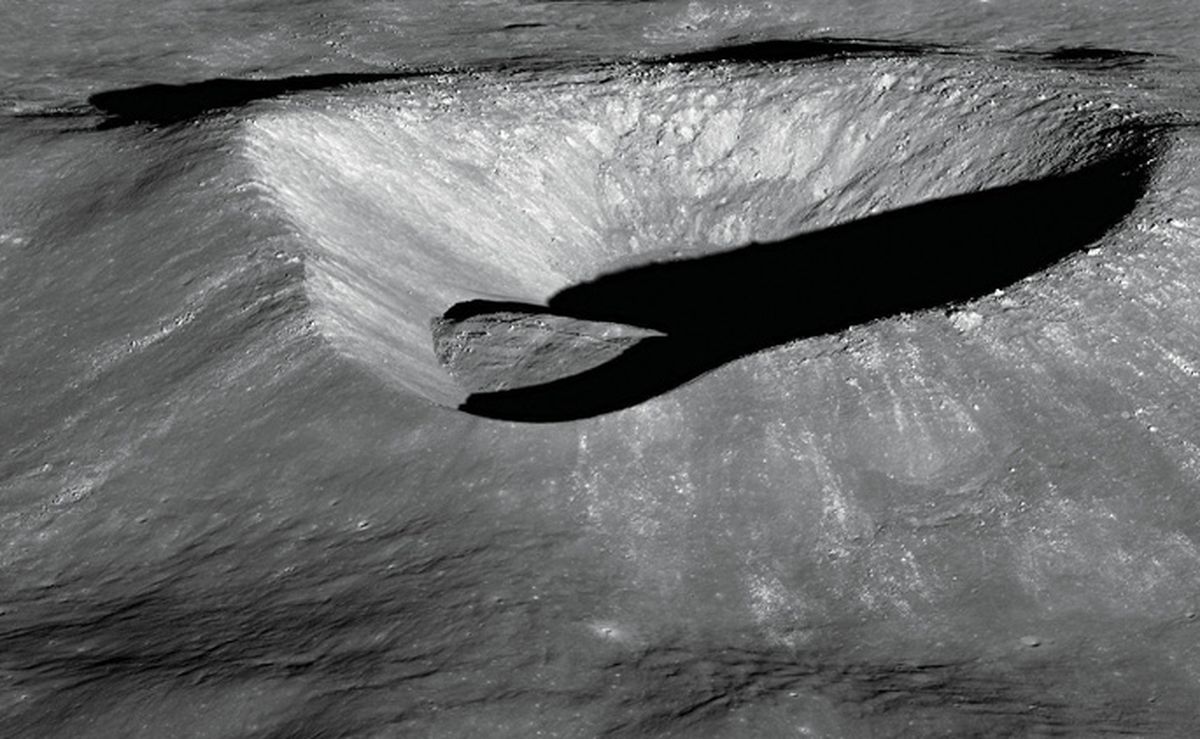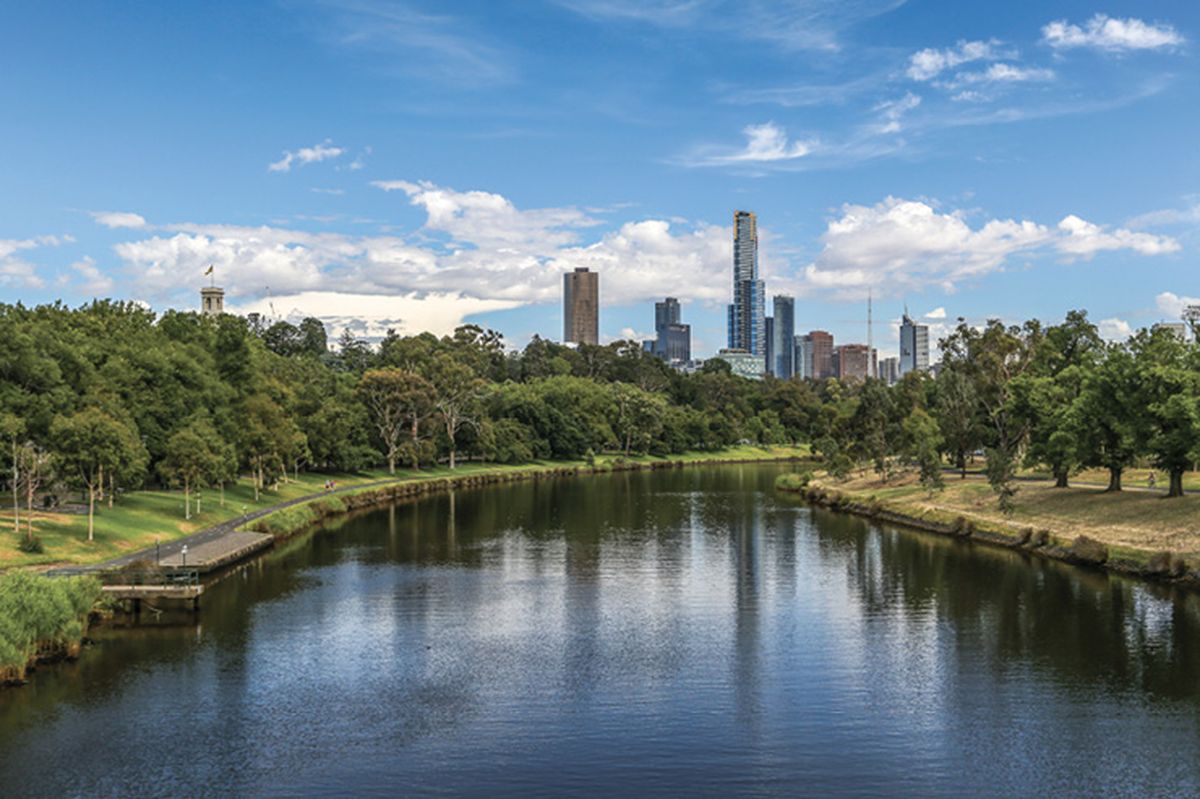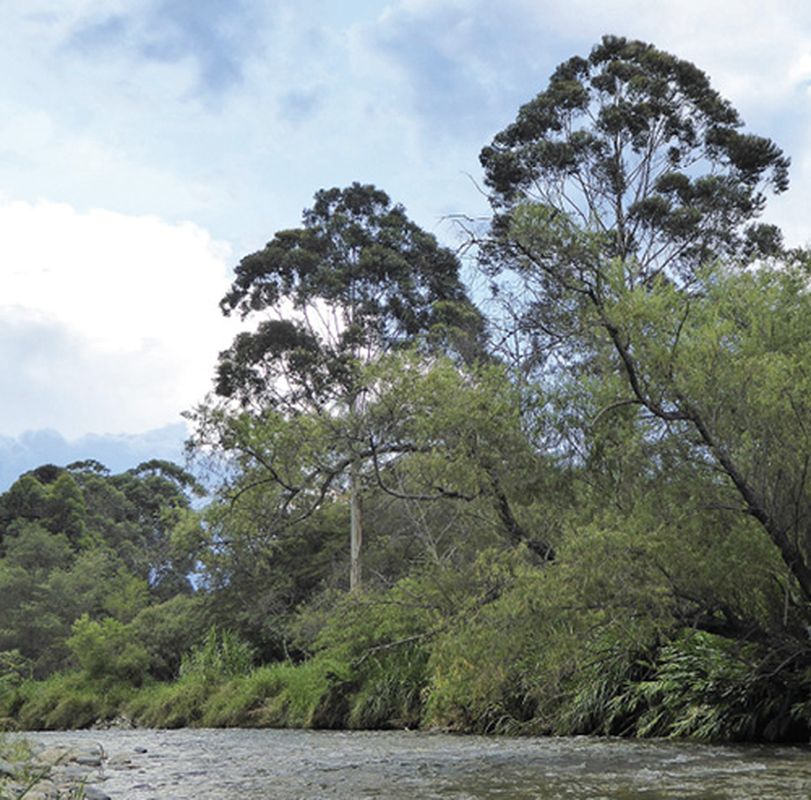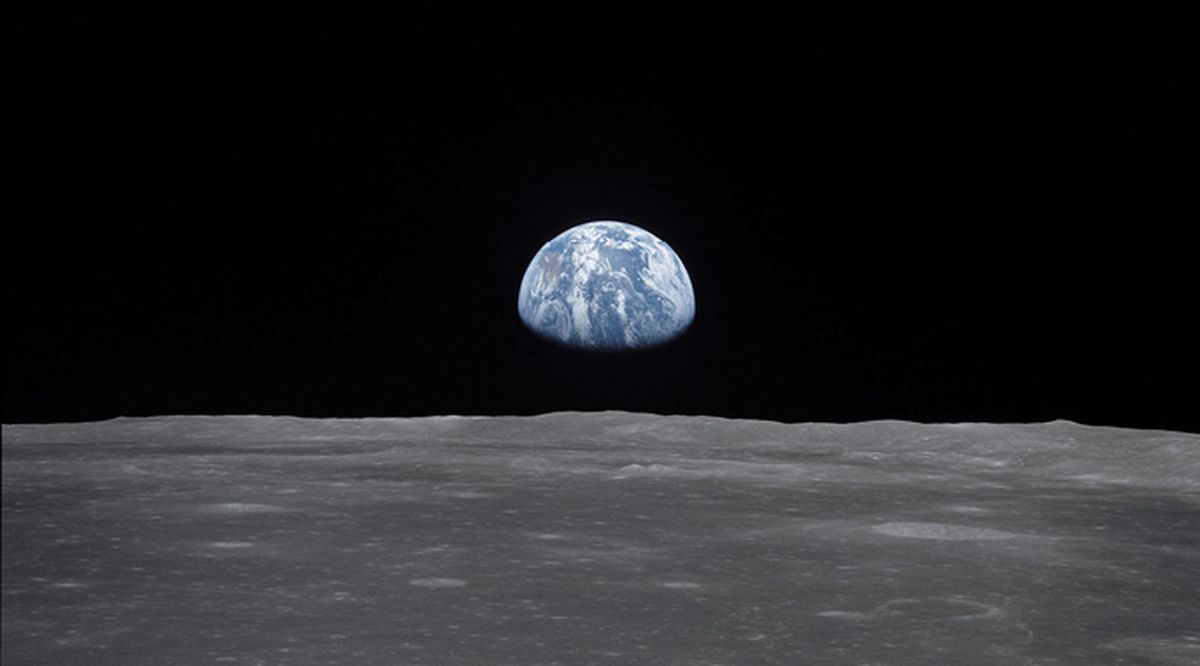In February 2021, Alice Gorman (space archaeologist), Ceridwen Dovey (space writer), Michelle Maloney and Mari Margil (earth lawyers) and I (landscape architect) came together to write the Declaration of the Rights of the Moon.1 To give the Moon rights may seem a radical suggestion, but it was clear, when talking with Michelle and Mari, that the Zeitgeist was changing in regard to the rights of nature. In 2008, Ecuador declared a new constitution to give rights to nature, and there are now 409 rights of nature initiatives globally.2 It is clear that the Western legal system has been largely set up to regulate the destruction of nature. This challenge to the status quo moves the conversation toward nature having its own seat at the table, as a collaborator in the decision-making process – with rights.
In 2011 in Ecuador – the first place in the world to include the rights of nature in its constitution – a court ruled that the Vilcabamba River’s rights were violated by road construction.
Image: Arabsalam, CC BY-SA 4.0
As a discipline, landscape architecture largely attracts pro-nature individuals who proceed to shape, reshape and heal varying layers of landscape. Landscape architects know what it means to inhabit place, and have a deep knowledge and understanding of the environmental systems we disrupt when designing cities. So, when considering the Moon, it made sense to me that we set up a new environmental relationship between it and any burgeoning human lunar presence. We could view this declaration as a kind of soft technology. If the Moon had rights and was a collaborator, what would it mean for advances in hardware and rocket or robot technology? What would our relationship to lunar systems be?
The declaration is perhaps (at a stretch) akin to the James Webb Space Telescope. The largest optical telescope in space, Webb has recently enabled us to see fainter galaxies than ever before and to better understand the formation of the universe. Perhaps the declaration will enable us to see deeper into the universe by shifting our current perspective and catalyzing new ways of seeing, measuring and acting.
View from the Apollo 11 spacecraft taken on 20 July 1969 showing the Earth rising above the moon’s horizon.
Image: NASA/JSC
If you work in the New Space industry, whether in a private company, in government policy or in academia, you might be thinking: Pah! What a load of hogwash. But I would challenge the reader to consider how changing Western law to give nature its own rights is a step forward for humanity. It sets up a framework to shift from the unregulated destruction of the environment toward a situation where nature is granted the opportunity to flourish.
How might we move beyond Earth’s gravity and become a multi-planetary species without causing mass destruction along the way? The answer is, potentially, by giving explicit rights to nature. Even though the Moon has been considered a “dead” planet since the Apollo missions in the 1960s and 1970s (an understanding that sets the conditions for mass destruction), a new understanding that it may still be alive3 (geologically speaking) has since emerged. Geological status aside, the Moon also harbours water at its poles, has peaks of eternal light, craters of eternal shadow and asteroid seasons. We don’t yet know how human habitation will impact these systems. So why not start with an awareness of the lunar landscape in order that we might integrate and collaborate with it (at the risk of leaving the space actors reeling at what this might mean for payload launch costs and return on capital investment)? Could the Declaration of the Rights of the Moon set up best practice at the beginning, even filling in missing law in the Outer Space Treaty and the Moon Agreement?
Back on Earth, in 2021, we began one of Victoria’s biggest revitalization capital works projects to bring the city back to life after two years of harsh COVID-19 lockdowns. Costing $300 million, the Greenline project on the north bank of Birrarung (Yarra River) aims to connect the CBD back to the water and provide 4.5 kilometres of uninterrupted pedestrian connections along the riverbank. The City of Melbourne’s Ernst and Young-prepared business case for the project (released in September 2022) projects a $740-million-dollar net benefit to the city over the next 20 years, the creation of more than 6,400 jobs by 2042, and $1.2 billion dollars in total economic benefit for Melbourne’s economy.4
In 2017, the Victorian government declared the Yarra River a “single living entity.” A significant new legislation called the Yarra River Protection (Wilip-gin Birrarung murron) Act 2017 now aligns the Traditional Custodians’ values with the management of the waterway and its lands. Under the act, the Birrarung Council was established as an independent voice to advise the state government and to advocate for the river.
The Greenline project is collaborating with Birrarung (Yarra River), which has been declared a “single living entity,” to revitalize the city.
Image: Slava Abramovitch
This legislation, through which a governing body reports to a state body on behalf of a living entity, makes a profound contribution to the global consciousness. And with the Greenline project looking to collaborate with this living entity in the process of revitalizing a major capital city … the Declaration of the Rights of the Moon is starting to look a bit less radical.
Interestingly, the Yarra River Protection Act calls for the Birrarung Council to include landscape architecture among its diverse disciplinary members. Given the 2020 establishment of the Artemis Accords (a framework for creating a “safe and transparent environment which facilitates exploration, science and commercial activities” in outer space5) and the potential mining of the Moon in the coming 80 years, will landscape architects become involved in this lunar conversation? And will the new space industry welcome progressive law to guide actions? How will we proceed? With innovation – moving nature from an entity with minority status to one with explicit rights – or with the same extractive economic model that inadvertently causes “mass destruction” of place?
1. For the full text of the Declaration of the Rights of the Moon, see earthlaws.org.au/moon-declaration.
2. Alex Putzer et al.,“Putting the rights of nature on the map: A quantitative analysis of rights of nature initiatives across the world,” 13 June 2022, Journal of Maps , doi.org/10.1080/17445647.2022.2079432 (accessed 30 November 2022).
3. “Is the Moon still alive?”, NASA Science, 9 November 2006, science.nasa.gov/science-news/science-at-nasa/2006/09nov_moonalive (accessed 30 November 2022).
4. “Business case stacks up for the Greenline Project,” City of Melbourne, media release, 3 September 2022, melbourne.vic.gov.au/news-and-media/Pages/Business-case-stacks-up-for-the-Greenline-Project—.aspx (accessed 30 November 2022).
5. For the full text of the Artemis Accords, see nasa.gov/specials/artemis-accords/index.html (accessed 30 November 2022).
Source
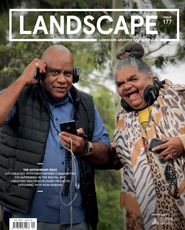
Practice
Published online: 8 Feb 2023
Words:
Thomas Gooch
Images:
Arabsalam, CC BY-SA 4.0,
NASA/GSFC/Arizona State University,
NASA/JSC,
Slava Abramovitch,
courtesy NAS
Issue
Landscape Architecture Australia, February 2023

